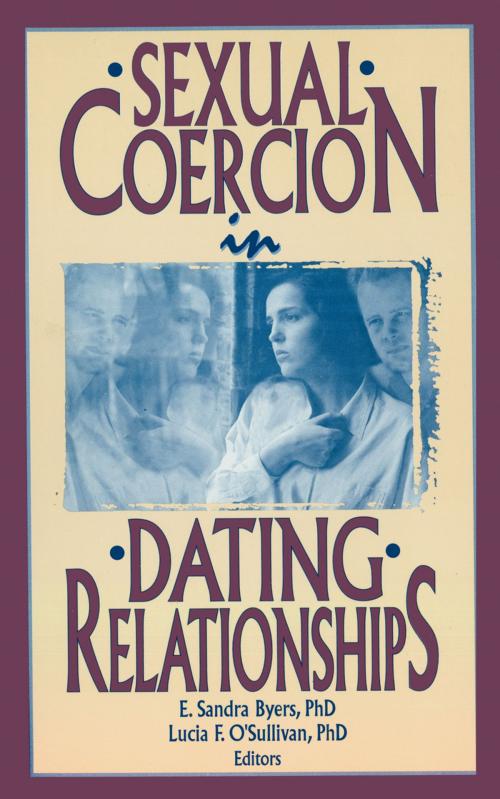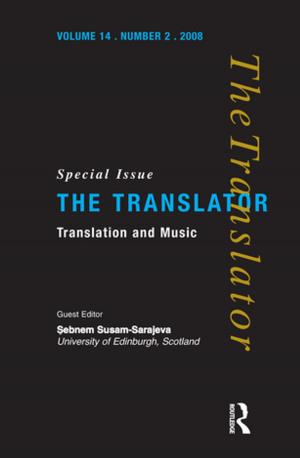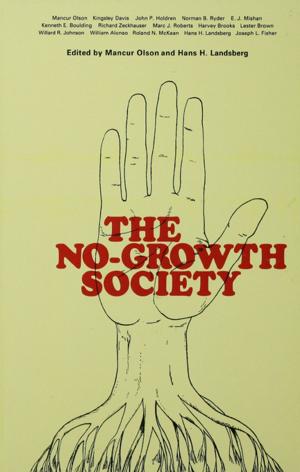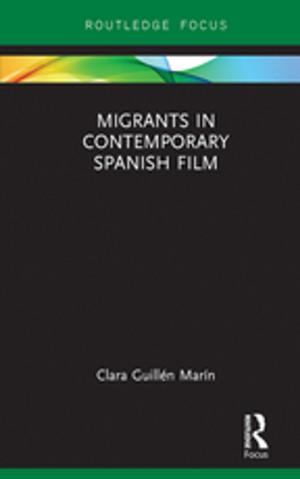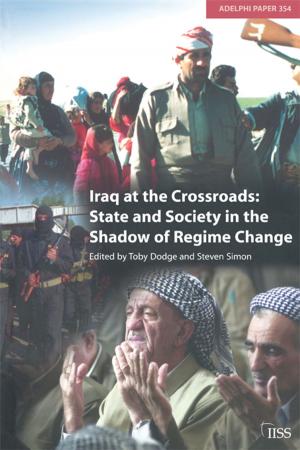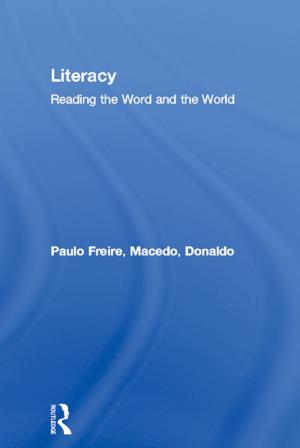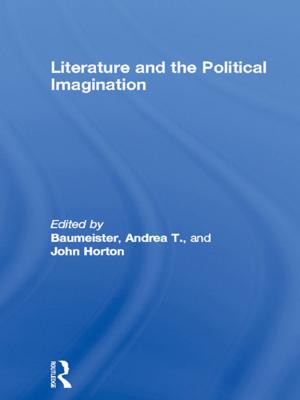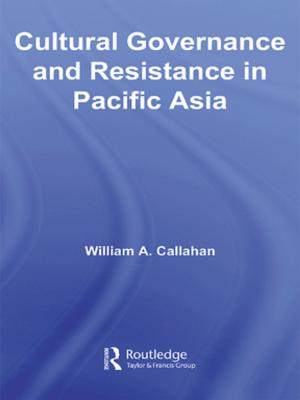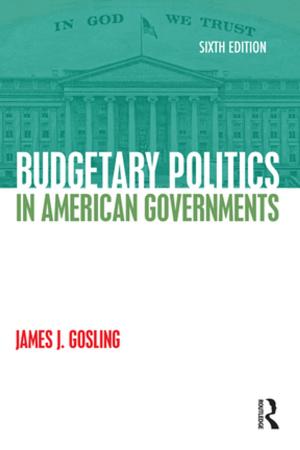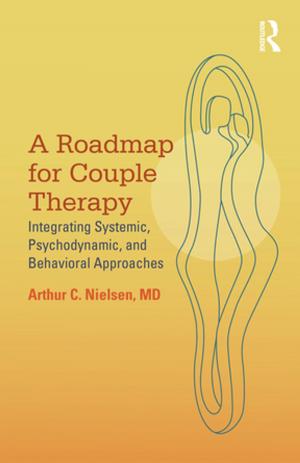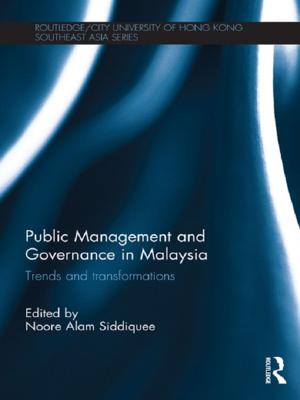Sexual Coercion in Dating Relationships
Nonfiction, Family & Relationships, Family Relationships, Abuse, Reference & Language, Law| Author: | E Sandra Byers, Lucia F O'Sullivan | ISBN: | 9781317764175 |
| Publisher: | Taylor and Francis | Publication: | December 16, 2013 |
| Imprint: | Routledge | Language: | English |
| Author: | E Sandra Byers, Lucia F O'Sullivan |
| ISBN: | 9781317764175 |
| Publisher: | Taylor and Francis |
| Publication: | December 16, 2013 |
| Imprint: | Routledge |
| Language: | English |
Sexual Coercion in Dating Relationships represents the next generation of research in the area of sexual coercion. This collection of critical analyses of current research and possible directions for future research benefits all researchers, counselors, and educators who need to thoroughly understand research efforts in this field. The clear analyses allow readers to evaluate critical issues and progress in the field to date.
Outside of research and feminist communities, sexual coercion is frequently minimized and too often stereotyped. The words “sexual coercion” (synonyms with “sexual aggression” and “sexual assault”) conjure in the minds of many the image of a deranged man attacking a woman stranger in a dark place where she should know better than to be walking alone. This and other stereotypes are challenged by the authors of Sexual Coercion in the Dating Relationship.
The chapters examine other important issues that have yet received little research attention. For example, one author tests the empirical assumptions inherent in a prominent theory about the causes of sexual coercion. Some of the authors challenge the assumption that only women are pressured or forced to engage in unwanted or nonconsensual sex. Other authors address issues related to the prevention of sexual coercion of women and challenge current conceptions of women's sexuality. Still others identify methodological problems related to research on sexual coercion, such as current methods of identifying attitudes supportive of the use of sexual coercion. All of the chapters challenge current beliefs related to the issue of sexual coercion and are designed to spur researchers and educators forward into new ground.
With the publication of this book, readers are forced to re-think their assumptions on sexual coercion with the new statistics and research on these topics:
-
evaluates of a prominent theory of the causes of sexual coercion (the traditional script)
-
examines men's and women's use of sexual influence in their dating relationships, the types of behavior men and women use to influence their partners to engage in unwanted sex, and the associated consequences for the individuals and the relationship
-
compares men's and women's reactions to sexual coercion
-
presents a model to predict women's resistance and evaluates effective, practical measures of prevention for women
-
evaluates attitudes-toward-rape literature and the predictive ability of assessing attitudes
-
critical reviews of current conceptions of women's sexuality and the need to restructure culturally endorsed attitudes in our prevention efforts
-
reviews methodological problems plaguing many current research investigations and the political ramifications of many investigations in this area
Because this book presents information related to the prevention and experience of sexual coercion, Sexual Coercion in Dating Relationships is helpful in developing long-term research and preventive programs. This sourcebook also helps researchers, expert witnesses, counselors (especially college support staff), and college and university educators provide information to students and others about sexual coercion.
Sexual Coercion in Dating Relationships represents the next generation of research in the area of sexual coercion. This collection of critical analyses of current research and possible directions for future research benefits all researchers, counselors, and educators who need to thoroughly understand research efforts in this field. The clear analyses allow readers to evaluate critical issues and progress in the field to date.
Outside of research and feminist communities, sexual coercion is frequently minimized and too often stereotyped. The words “sexual coercion” (synonyms with “sexual aggression” and “sexual assault”) conjure in the minds of many the image of a deranged man attacking a woman stranger in a dark place where she should know better than to be walking alone. This and other stereotypes are challenged by the authors of Sexual Coercion in the Dating Relationship.
The chapters examine other important issues that have yet received little research attention. For example, one author tests the empirical assumptions inherent in a prominent theory about the causes of sexual coercion. Some of the authors challenge the assumption that only women are pressured or forced to engage in unwanted or nonconsensual sex. Other authors address issues related to the prevention of sexual coercion of women and challenge current conceptions of women's sexuality. Still others identify methodological problems related to research on sexual coercion, such as current methods of identifying attitudes supportive of the use of sexual coercion. All of the chapters challenge current beliefs related to the issue of sexual coercion and are designed to spur researchers and educators forward into new ground.
With the publication of this book, readers are forced to re-think their assumptions on sexual coercion with the new statistics and research on these topics:
-
evaluates of a prominent theory of the causes of sexual coercion (the traditional script)
-
examines men's and women's use of sexual influence in their dating relationships, the types of behavior men and women use to influence their partners to engage in unwanted sex, and the associated consequences for the individuals and the relationship
-
compares men's and women's reactions to sexual coercion
-
presents a model to predict women's resistance and evaluates effective, practical measures of prevention for women
-
evaluates attitudes-toward-rape literature and the predictive ability of assessing attitudes
-
critical reviews of current conceptions of women's sexuality and the need to restructure culturally endorsed attitudes in our prevention efforts
-
reviews methodological problems plaguing many current research investigations and the political ramifications of many investigations in this area
Because this book presents information related to the prevention and experience of sexual coercion, Sexual Coercion in Dating Relationships is helpful in developing long-term research and preventive programs. This sourcebook also helps researchers, expert witnesses, counselors (especially college support staff), and college and university educators provide information to students and others about sexual coercion.
